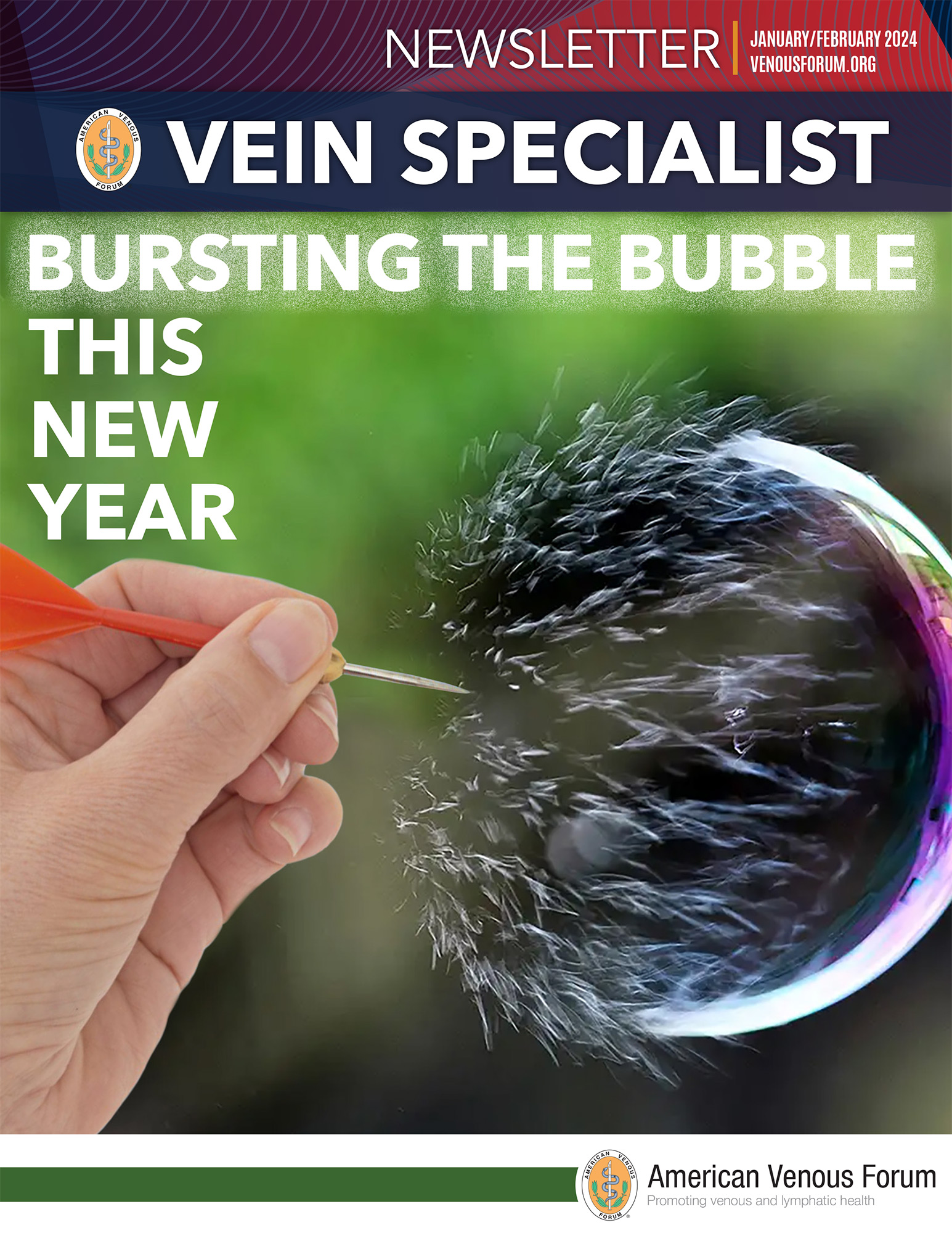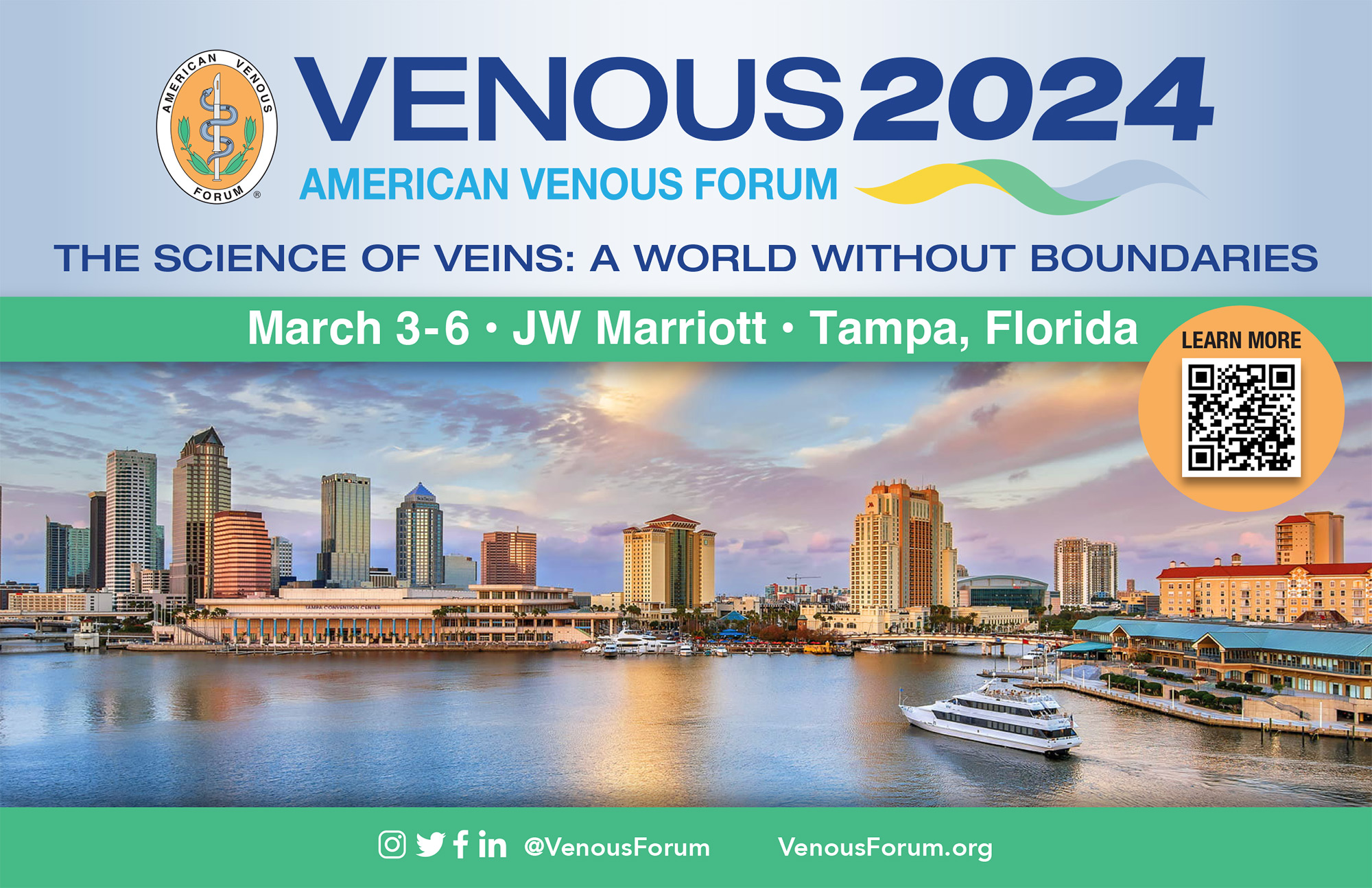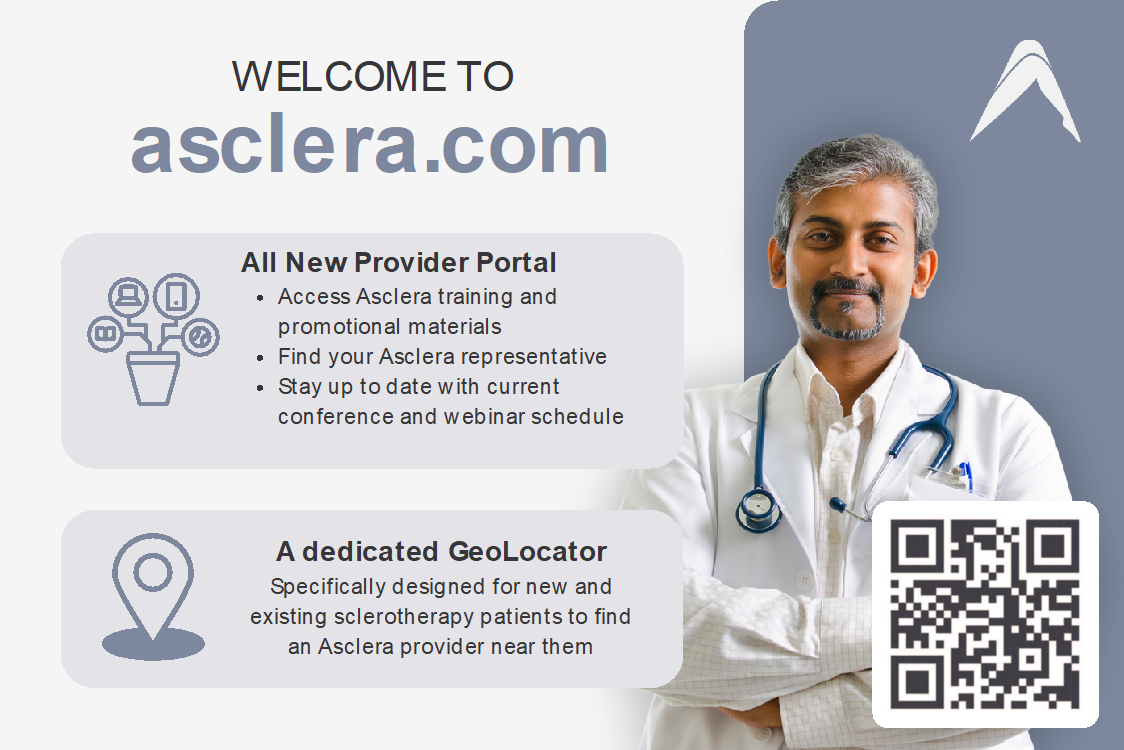January/February Issue of vein specialist
Bursting the Bubble
This New Year
Table of Contents
Message from the Editor
Steve Elias, MD
Bursting the Bubble this New Year
A Growing Bubble that Needs Bursting
Robert Attaran, MD
Vascular Verification: Where are we now and when will it involve the vein world?
Anil Hingorani, MD
Defy Gravity Campaign
Margaret Hopkins
Industry Collaboration: The Importance of Industry for Meeting Unmet Clinical Needs
Shon Chakrabarti, M.D., M.P.H. and Craig Markovitz, Ph.D.
SCAI, SIR, SVS, and AVF Jointly Publish Proceedings from Multispecialty Peripheral IVUS Roundtable
Patrick Muck, MD
Sumner Session to Launch Leadership Development Program
John Forbes, MBA
Medicare Coverage Expanded to Include Lymphedema Compression Supplies in 2024
Carmen Anderson
Handbook of Venous and Lymphatic Disorders: Guidelines of the American Venous Forum, Fifth Edition
Peter Gloviczki MD, PhD, FACS
VENOUS2024
VENOUS2024 Interview
Anil Hingorani, MD and Glenn Jacobowitz, MD
Villavicencio-International Session at VENOUS2024 Promises Thought-provoking Presentations and Discussion
Joseph Raffetto, MD, and Tomasz Urbanek, MD
Poster Session at VENOUS2024
Alvaro Orrego, MD, FACS and Sheila Blumberg, MD, MS, RPVI, FACS
Don’t miss the Venous Health Inequities Session
Misaki Kiguchi, MD, and Kathleen Ozsvath, MD
Masterclass Lecture Series @ VENOUS2024
Arjun Jayaraj, MD
Select VENOUS2024 Presentations to be Available on JVSVL Simultaneously
Ruth Bush, MD, JD
Membership Corner
Thank You 2023 Vein Specialist Contributors
Allie Sherrill
Welcome New AVF Members
November/December
Copyright © 2024 by The American Venous Forum. All rights reserved.
EDITOR-IN-CHIEF
Steve Elias, MD
EXECUTIVE EDITOR
John Forbes, MBA
MANAGING EDITOR
Allie Sherrill
COVER ARTIST
Christine Rataj
PUBLICATION DESIGNER
Anthony Eaves
Message from the Editor
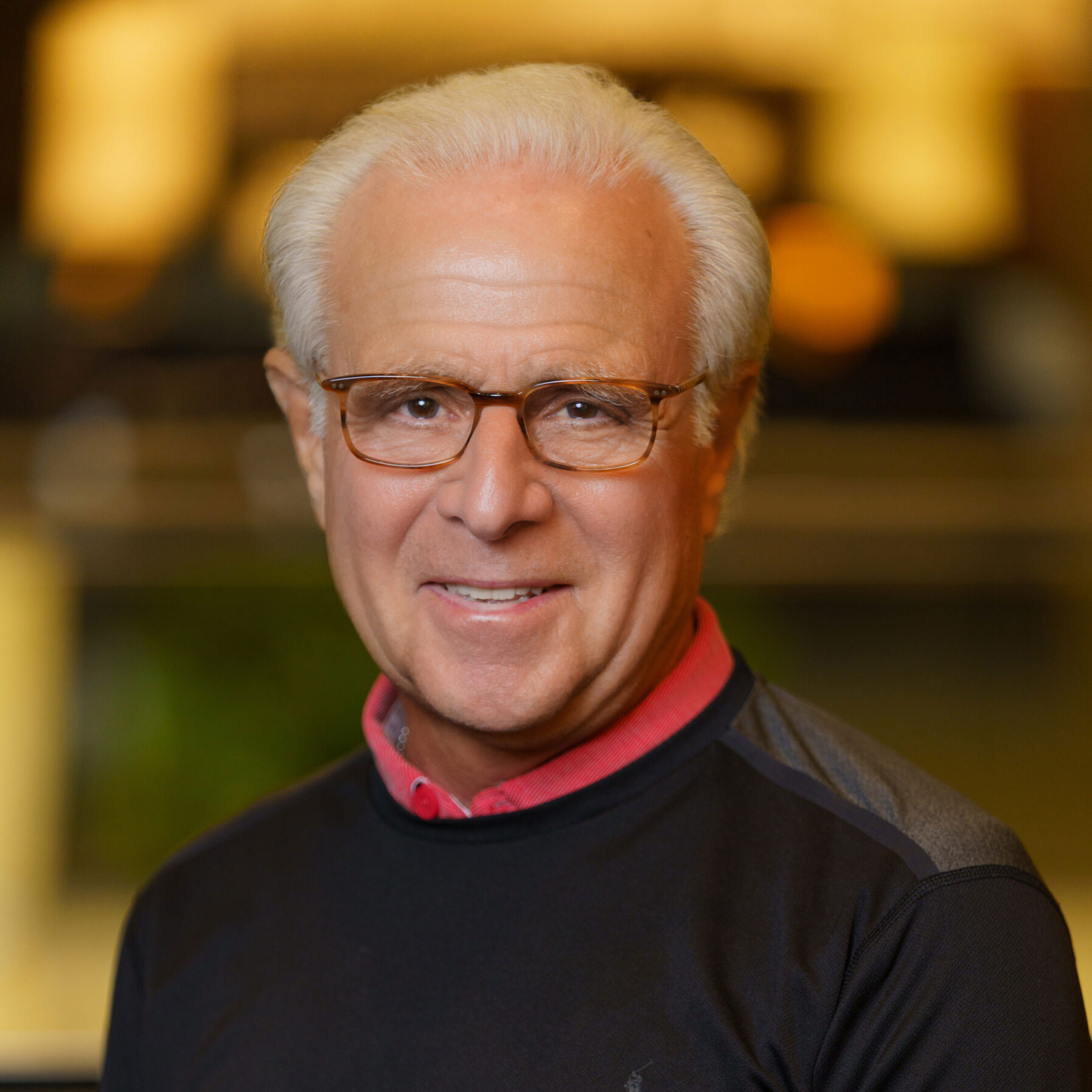
Steve Elias, MD
Editor-In-Chief, Vein Specialist
Member, AVF Board of Directors
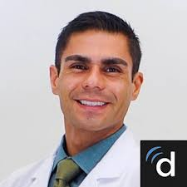
Edgar Guzman, MD
Member, AVF Newsletter Committee
A new year, a new year but something isn’t new: our Guest Editor, Edgar Guzman. Edgar is our go to for our “Editor’s Letter” every new year. He has a unique perspective on a new year. He wrote the letter last year and here he is again. At least one tradition endures. Read it and enjoy.
Bursting Bubbles: A Laudable New Year Goal?
Of all the bubbles I have encountered, I have been most puzzled by the downward flowing cascade seen in a pint of properly served Guinness beer. Initially I was told this had to do with nitrogen rather than carbon dioxide’s being the dominant gas in this beer, which made no sense because nitrogen is still less dense than beer and should therefore rise. Another explanation was that Guinness beer had anti-bubbles (ie, fluid surrounded by a film of gas). Again, this explanation did not pass the density hurdle, because fluid + gas is less dense than fluid alone.
As it turns out, the Guinness cascade is not the product of special bubbles, but that of ordinary bubbles in the peculiar circumstances created by a cone-shaped glass. When the beer is served, bubbles form and rise creating laminar rings of upward flow, which have greater speed in the center than in the periphery of the glass. Frothy beer rises and displaces non-frothy beer from the bottom up and from the center out. When the non-frothy beer reaches the periphery of the glass, it travels down along the walls of the glass due to its greater density as compared to frothy beer. In doing so it drags the outermost layer of bubbles with it, generating the cascade effect. I think this would make for an interesting duplex.
Regardless of the scientific attention they may have garnered, bubbles are the object of a much more primal desire: to pop them. What this says about human nature is food for thought. Bubble wrap anyone? Can you resist the urge to burst?
While in a real sense I find myself being a bubble-defender, I think that bursting metaphorical bubbles is right and proper as they represent isolation, unwarranted appreciation, or worse: stagnation.
In this issue of Vein Specialist our writers go to task across a broad field. Rob Attaran explains how the multidisciplinary Venous and Lymphatic Medicine Workgroup seeks to establish standards for venous and lymphatic education and care, thus bursting the bubble of those who practice in isolation, without adequate training and oversight. In the same vein, Anil Hingorani outlines the efforts of the American College of Surgeons and the Society for Vascular Surgery in recognizing and certifying high quality care in outpatient facilities that provide vascular care.
Margaret Hopkins shares the success of the Defy Gravity Campaign pioneered by Jobst. A team of synchronized swimmers affected by venous and lymphatic disorders seeks to normalize the use of compression garments, breaking the stigma associated with their use and underlying conditions. The timeliness of this effort is highlighted by the recent expansion in Medicare coverage for lymphedema therapies; a bubble that took too long to break.
This issue also features many of our frequent collaborators sharing highlights of the fast-approaching VENOUS2024 meeting, which promises to shake things up.
Join us at Vein Specialist in welcoming the New Year. Raise your glasses, watch the bubbles, and think of bursting some of your own!
A Growing Bubble that Needs Bursting
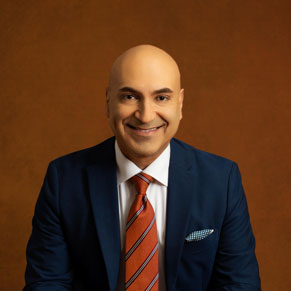
Robert Attaran, MD
Member, AVF Newsletter Committee
Associate Professor of Cardiovascular Medicine, Yale University
Venous disease remains underdiagnosed and undertreated. Training programs often do not emphasize venous education. A 2017 survey found that vascular surgery residents felt their procedural and didactic training in venous disease to be deficient. (1) In a recently published survey, vascular surgeons overwhelmingly reported that the management of venous disease was perceived to be of less value than that of arterial disease.(2)
When it comes to the performance of venous ablations and stents, the bar for entry remains low. Formal education and mentorship are often lacking. As a result, many venous practitioners (across several disciplines) are undertrained and practice without oversight; in a bubble.
The easy option would be to do nothing.
Out of the chaos, a glimmer of hope
As a specialty, Venous and Lymphatic Medicine (VLM) has benefitted from contributions made from several medical disciplines. Now they need to work together. Optimally, the societies and boards representing these disciplines should uniformly recognize the scope of VLM to allow for the development of educational and assessment standards. At the core of this effort are the key questions: How should we better train venous practitioners? To what standards should they be held? How do we identify practitioners who have reached that standard?
The Venous and Lymphatic Medicine Workgroup, a task force of VLM experts from vascular surgery, vascular medicine, interventional radiology, cardiology, general surgery, and dermatology was formed to take on this challenging task. The group has engaged the American Board of Medical Specialties (ABMS) and the Accreditation Council for Graduate Medical Education (ACGME).
To promote higher quality care, societies representing these various disciplines, and their boards, should utilize a consistent core content, as well as training and professional standards to allow development and identification of practitioners.
In 2014, a multi-disciplinary task force was formed to create a core content document, which was endorsed by the American Venous Forum. In 2021, another task force was assembled to update the document. Representatives were nominated from various societies involved in VLM. Subtopics encompass basic science, diagnostic evaluation, knowledge, procedures, skills and clinical management. Much of the groundwork has been laid out already by the American Board of Venous and Lymphatic Medicine (ABVLM).
Several entry paradigms into VLM remain that merit consideration, depending on the original specialty of the practitioner. All trainees would be expected to have cognitive knowledge of the various facets of VLM and pertinent procedures. This knowledge can be tested with a standardized exam (eg, the ABVLM).
Procedurally speaking, trainees could take pathways based on their areas of training. Deep venous obstruction or pelvic disease might require its own certification. A minimum number of cases would be required. For trainees, program directors could attest to their proficiency and case experience. Those who have already been in practice for a number of years could become certified via a grandfather clause, perhaps assisted by the completion of a board exam.
To reach this goal from where we are now will take years. Happily, efforts are already underway.
In the meantime, to trainees and practitioners who want to step outside their bubble and to learn more about VLM, joining the AVF and attending conferences should be vital.
Another important step (and one of my new year resolutions) is to take ABVLM board exam. The content is frequently updated and the fees have been significantly reduced. Board certification is an opportunity for ongoing education and growth. The bubble needs to burst.
Disclosure: Robert Attaran serves on the Board of ABVLM and is a member of the VLM writing group.
References
- Hicks CW, Kernodle A, Abularrage CJ, Heller JA. A national resident survey about the current state of venous education in vascular surgery training programs. J Vasc Surg Venous Lymphat Disord 2017;5: 897-904.
Kiguchi MM, Drudi LM, Jazaeri O, et al. Exploring the perception of venous disease within vascular surgery. J Vasc Surg Venous Lymphat Disord. 2023;11(5):1063-1069.

